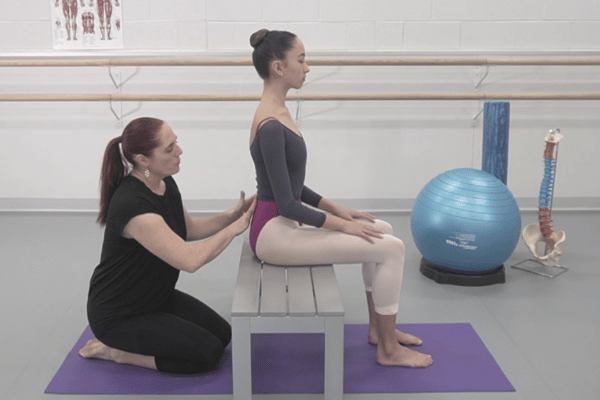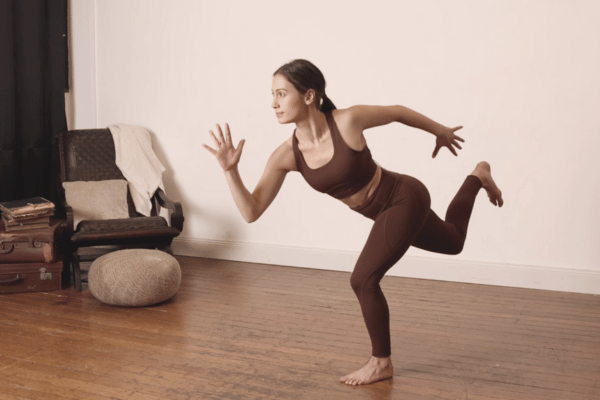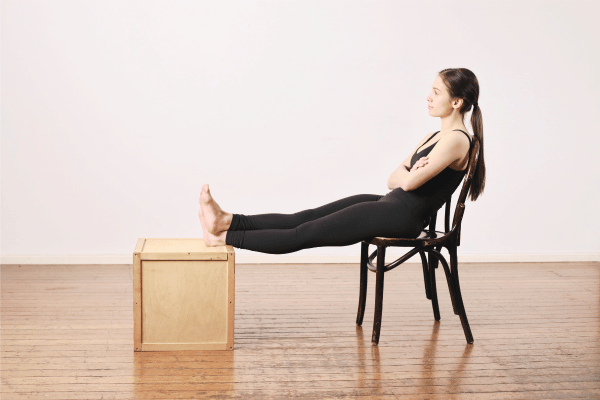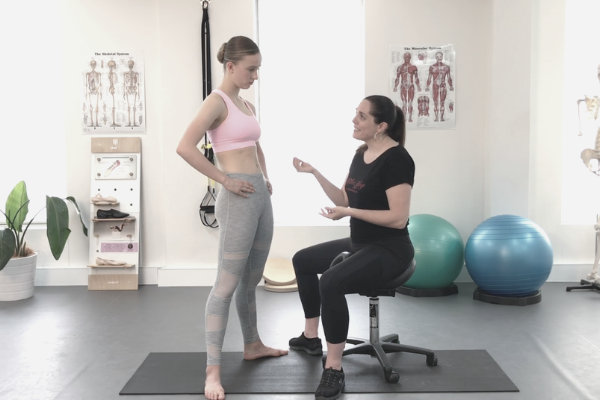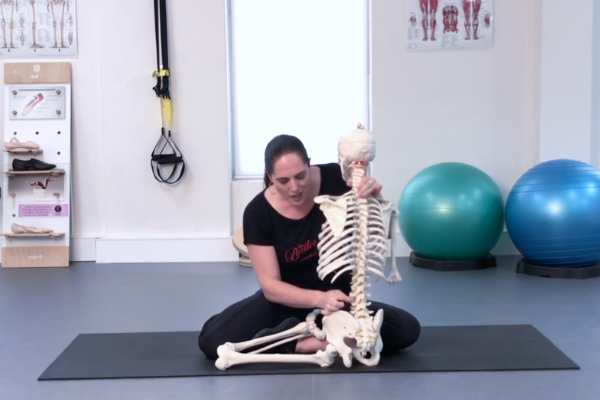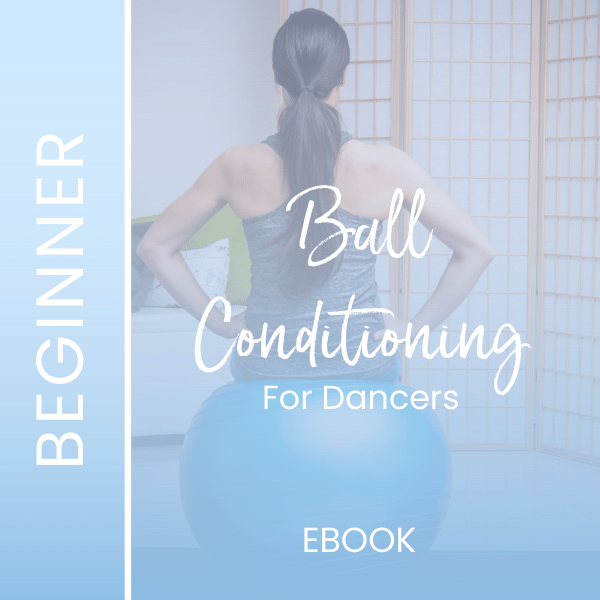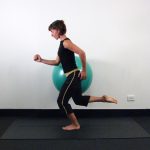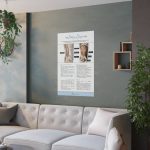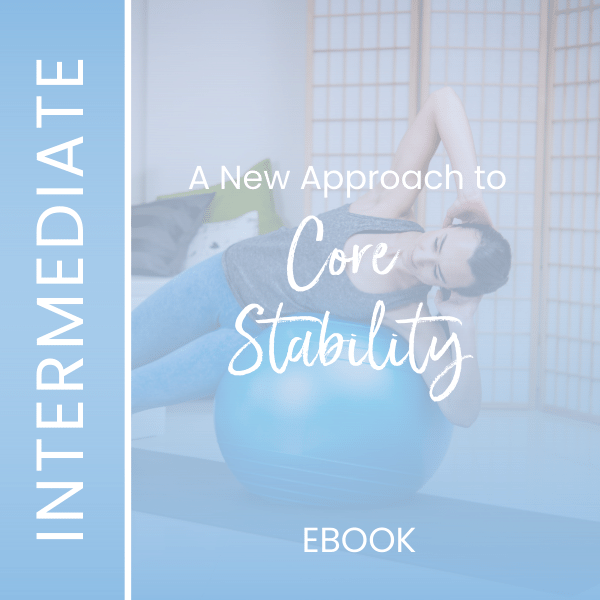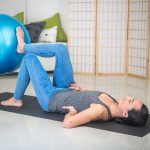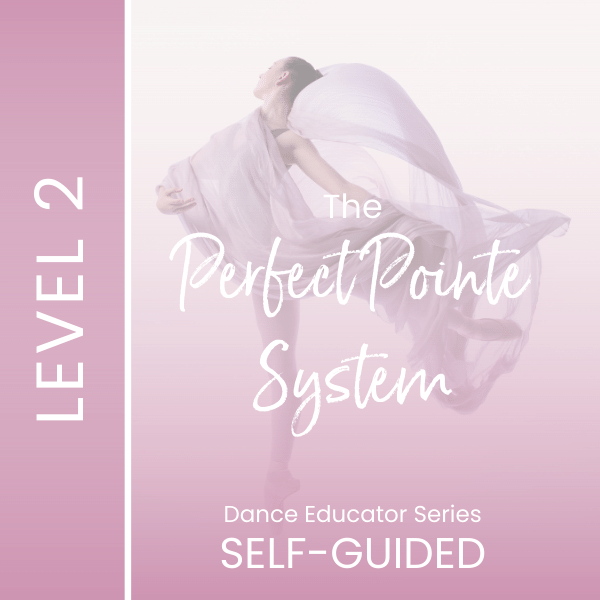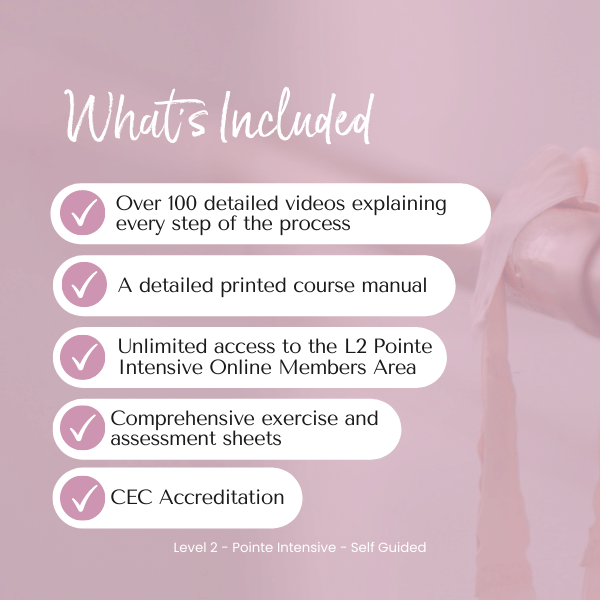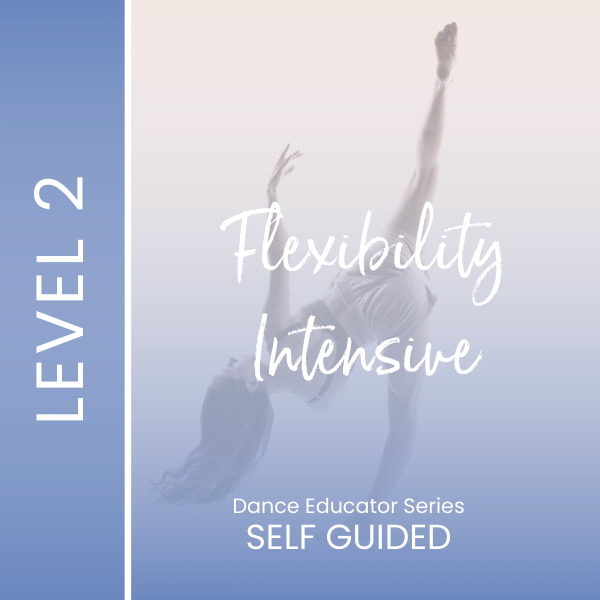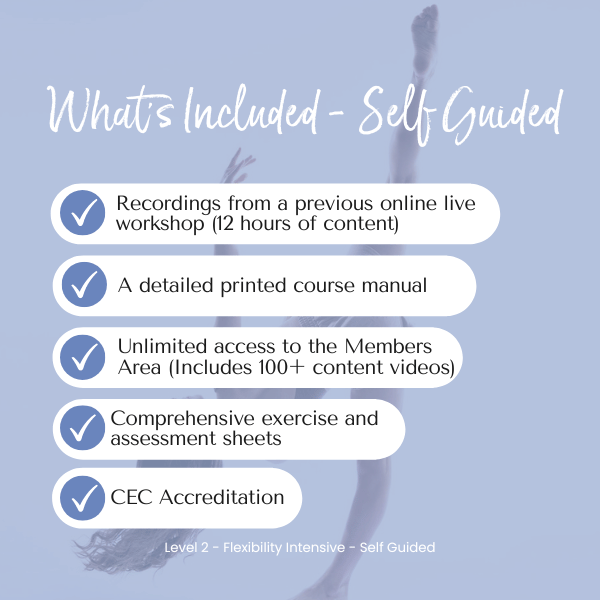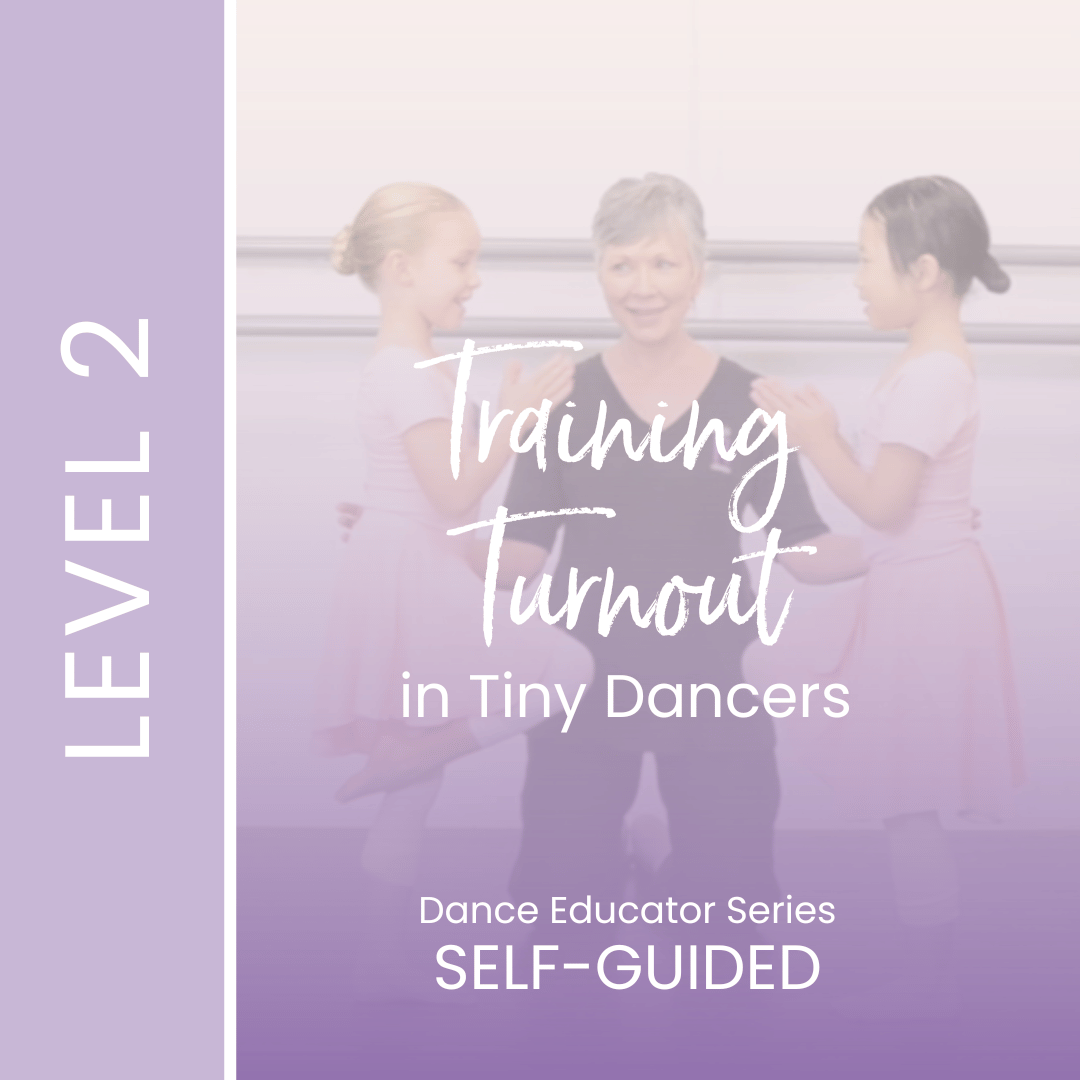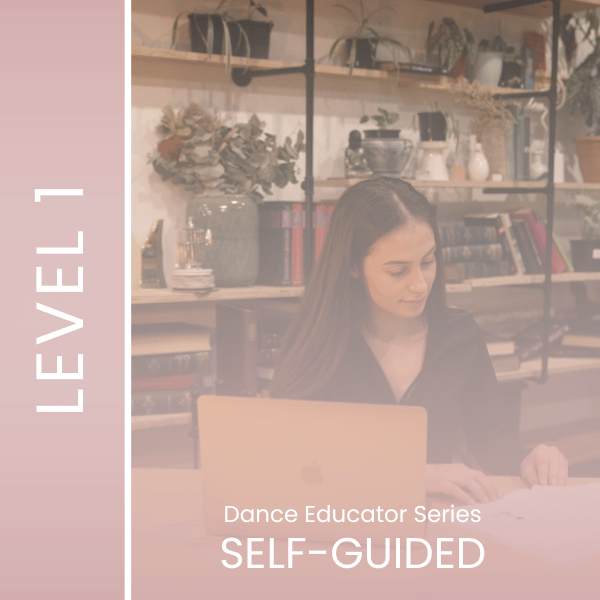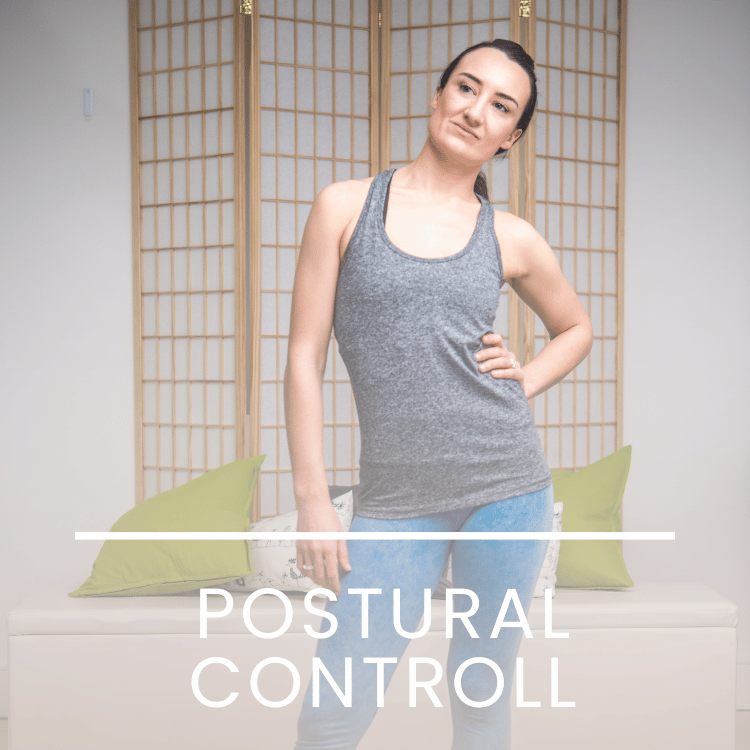- Free Articles
- Shop
- Workshops
- The Dance Educator Series
- Upcoming Workshops
- Workshop FAQ’s
- Host Application Form
- Student Workshop Application Form
- Dance Teacher & Health Professional Directory
- Workshop Testimonials
- Members Areas
- Cart
- My Account
The Anatomy of the Core
When most people think of core stability, they think about their six pack muscles. While muscle activation does play a part in stability of the spine, it’s not always in the way most people think. So knowing the anatomy and correct functioning of this area not only allows you to train more safely, but also allows you to achieve faster and more efficient improvements in range and control to accelerate the development of technique safely.
The Inner Unit. The Inner Unit is the true basis for effective core stability. The Inner Unit can be inhibited by pain so must be specifically retrained after any back injury. This includes back pain, pelvic pain (period pain) or pain from surgery (such as having your appendix taken out). Accurate, automatic firing of these tiny muscles is even more important in hyper-mobile people who have more flexible ligaments.
The Inner Unit is made up of the following muscles:
- Transversus Abdominis (TrA). TrA is the true, deep abdominal muscle. This muscle wraps around the mid section like a corset. The fibres lie horizontally. When this muscle activates it does not move the spine in any way but narrows the waist slightly. It gently tightens the ‘fascia’ or fibrous sheaths that attach into the spine, stabilising it.
- The Deep Back Muscles. There are many small deep back muscles which must all work spontaneously and appropriately in order to effectively stabilise the spine during movement. These include Multifidus, Rotatores, Intertransversarii and Interspinalis.
- The Pelvic Floor. These muscles help to control when we go to the bathroom but also control our core stability! They are linked to the deep abdominals and deep back muscles and help to keep tension in the fascia through the pelvis, lower abdomen and back. The pelvic floor should have a close relationship with the movement of the diaphragm, so its function is often inhibited in dancers who hold their breath.
- Diaphragm. Many people do not understand the importance of the diaphragm in core stability, however it is very important. If you hold your breath while doing any abdominal exercises you will increase the pressure in your internal cavity as it is a cloud system. This can put a lot of pressure on your low back, so it is best to focus on breathing out if pressure is increasing in other areas of the inner system during an exercise .
The Outer Unit. The Outer Unit of stability muscles is of great importance; however some muscles of the outer unit are often over-trained and relied on too heavily by dancers and other athletes. A strong outer unit is only effective when it is supported by a strong Inner Unit, and when the muscles are used in conjunction with other muscles in dynamic slings, rather than when trained and used alone.
- The Latissimus Dorsi and Gluteus Maximus. These muscles form part of the Outer Unit via a fascial sling called the Posterior Oblique Sling. This helps stabilise the back body in many positions, such as in an arabesque.
- The Obliques (both Internal and External). These are also extremely important for dancers as they are involved in so many movements. They should be trained carefully as their effectiveness is dependant on a strong and stable spine. The External Oblique works in conjunction with the opposite Adductor group and is often termed the Anterior Oblique Sling. When this sling is working well it helps to stabilise the dancer in a développé devant.
- There is also a Lateral Sling. This uses the simultaneous contraction of Quadratus Lumborum, Adductors and Gluteus Medius to stop sinking into the supporting hip. If part of the inner unit is not working for any reason, and there is compensatory gripping of the outer layers, they will not be available to work in this Outer Unit system of Dynamic Slings.
If harder ‘core’ exercises are attempted by an individual who does not have true deep core control, excessive tension will build up in these outer muscles, which usually leads to the development of chronic stiffness and pain. To find out more about the anatomy of the core, watch the video above with Lisa.
Learn More about Core Stability
-

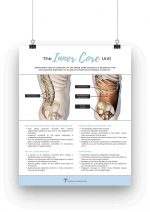 This product has multiple variants. The options may be chosen on the product page
This product has multiple variants. The options may be chosen on the product pageThe Core Series (Australia)
$25.00 – $100.00

